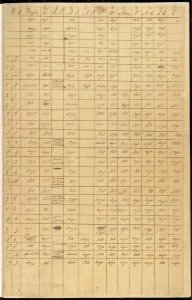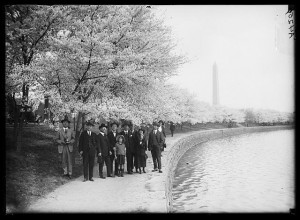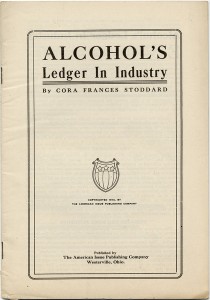Primary Source 1: http://arcweb.archives.gov/arc/action/ShowFullRecord?tab=showFullDescriptionTabs/details&%24searchId=4&%24showFullDescriptionTabs.selectedPaneId=digital&%24digiDetailPageModel.currentPage=0&%24resultsPartitionPageModel.targetModel=true&%24resultsSummaryPageModel.pageSize=10&%24partitionIndex=0&%24digiSummaryPageModel.targetModel=true&%24submitId=2&%24resultsDetailPageModel.search=true&%24digiDetailPageModel.resultPageModel=true&%24resultsDetailPageModel.currentPage=8&%24showArchivalDescriptionsTabs.selectedPaneId=&%24resultsDetailPageModel.pageSize=1&%24resultsSummaryPageModel.targetModel=true&%24sort=RELEVANCE_ASC&%24resultsPartitionPageModel.search=true&%24highlight=false link
This primary source is a digital copy of a voting record of the Constitutional Convention of 1787. What these records entail, are documented lists of who voted for what clauses that eventually produced what is now the Constitution. It is said in the documents that the votes were recorded by William Jackson, who was the secretary of the convention. Although the handwriting of the lists are hard to read as you can tell in the image I have posted below, what is nice about the records is that it can prove who voted for what to make the constitution what it is. One detail that I noted while analyzing the documents was that the column for the state of Rhode Island is blank because they did not participate in the convention. The other detail I noted was that the column for New York was blank for the later part of the convention votes, possibly because they left the convention early.

Primary Source 2: http://www.loc.gov/pictures/resource/hec.31617/?co=he link
This primary source is an image of a group of people in 1922 looking at the cherry blossoms in full bloom in Washington DC. What this photo gives an indication of, is how people in Washington DC were dressing in the 1920’s, along with the fact that it tells me that even then people were attending a viewing of the cherry blossoms blooming, which is now called the cherry blossom festival. In the background of the photo, you see the Washington Monument, and they seem to be standing next to a decent sized body of water. In the upper right hand corner there seems to be writing of some sort, which I took to be possibly the photographers initials or signature. The photograph was taken by Harris and Ewing, and convey a beautiful piece of imagery on what the Cherry Blossom festival used to be like.

If I had to choose a primary source that I found more difficult to analyze, it would have been the cherry blossom photograph. My reasoning for this, is that although it has historical meaning it is harder to find it by just looking at it, because at first glance all you see is a black and white photograph, but if you look deeper into the image you see that it is of the cherry blossom festival at an earlier date and time



